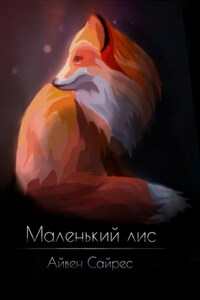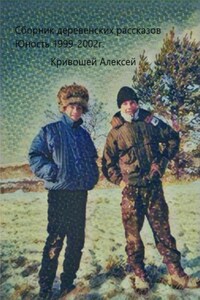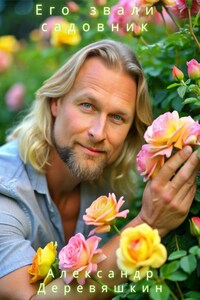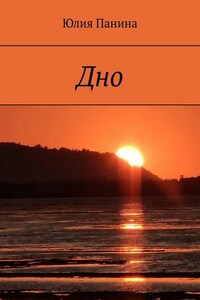Collins New Naturalist Library
40
Bumblebees
John B. Free and C. G. Butler
JAMES FISHER M.A.
JOHN GILMOUR M.A.
SIR JULIAN HUXLEY M.A., D.Sc., F.R.S.
L. DUDLEY STAMP C.B.E., B.A., D.Sc.
PHOTOGRAPHIC EDITOR
ERIC HOSKING F.R.P.S.
The aim of THE NEW NATURALIST series is to interest the general reader in the wild life of Britain by recapturing the inquiring spirit of the old naturalists. The Editors believe that the natural pride of the British public in their native fauna and flora, to which must be added concern for their conservation, is best fostered by maintaining a high standard of accuracy combined with clarity of exposition in presenting the results of modern scientific research. The volumes in the main series deal with large groups of animals and plants, with the natural history of particular areas or habitats in Britain, and with certain special subjects, THE NEW NATURALIST SPECIAL VOLUMES, on the other hand, cover, in greater detail, a single species or group of species. In both the main and special volumes the animals and plants are described in relation to their habitats.
To our wives—in gratitude
Ye must perdonne my wyttes, for I tell you plaine, I have a hive of humble bees swarmynge in my brain.
UNKNOWN. Respublica
Dr. Colin Butler, Head of the Bee Department at Rothamsted Experimental Station, and one of the world’s most distinguished hymenopterists, will already be familiar to readers of the New Naturalist Series as the author of The World of the Honeybee. This now classic monograph was remarkable for many things, not least for Dr. Butler’s lucid exposition of his new and important theory of queen substance.
In this new book he is joined by his colleague, Dr. John B. Free. Like Butler, Free has been interested in animal behaviour—and in particular bee behaviour—ever since he was an undergraduate at Cambridge. Indeed, the careers of both have been very similar. Whilst at Cambridge, where he took Part II of the Natural Sciences tripos in Zoology, Free was encouraged to study bumblebees and their behaviour by Dr. W. H. Thorpe, F.R.S., perhaps the world’s greatest authority on animal learning. So great did Free’s interest become in this group of insects that in July 1951, after graduating, he was able to obtain a three-year grant from the Agricultural Research Council to continue his studies of bumblebee behaviour under his co-author at Rothamsted. For his work during this period he obtained the PH.D. degree of London University; and he subsequently joined the permanent staff of the Bee Department. Already he has published some twenty scientific papers on bees—mostly on bumblebees, but quite a number on honeybees—several of the latter in collaboration with Butler. Many of the experiments described in this remarkable new work were carried out by Free whilst he has been at Rothamsted.
The Editors of the New Naturalist are confident that this happy collaboration will widely encourage naturalists all over the world to take up the study of bumblebees. They are social insects whose communities are at a state of cohesion and organisation more primitive than that of honeybees, and therefore of deep interest from the evolutionary point of view.
The authors’ enthusiasm for field research will prove infectious. Of great importance is their demonstration that wild bumblebees are easily kept under study conditions; they have included the most valuable appendices upon the finding of bumblebees’ nests and upon their capture and maintenance. There can be no doubt that from this new addition to our series, which the Editors recommend most heartily, new advances in our understanding of insect behaviour will flow. Our readers will also find that this book has been illustrated by photographs as skilful and original as those which aroused such interest in Butler’s Honeybee monograph. Furthermore, appendices are also included upon the identification and distribution of all the British species of bumblebee. These have been prepared by Dr. Ian H. H. Yarrow of the British Museum (Natural History). This most valuable contribution is the final touch which makes








